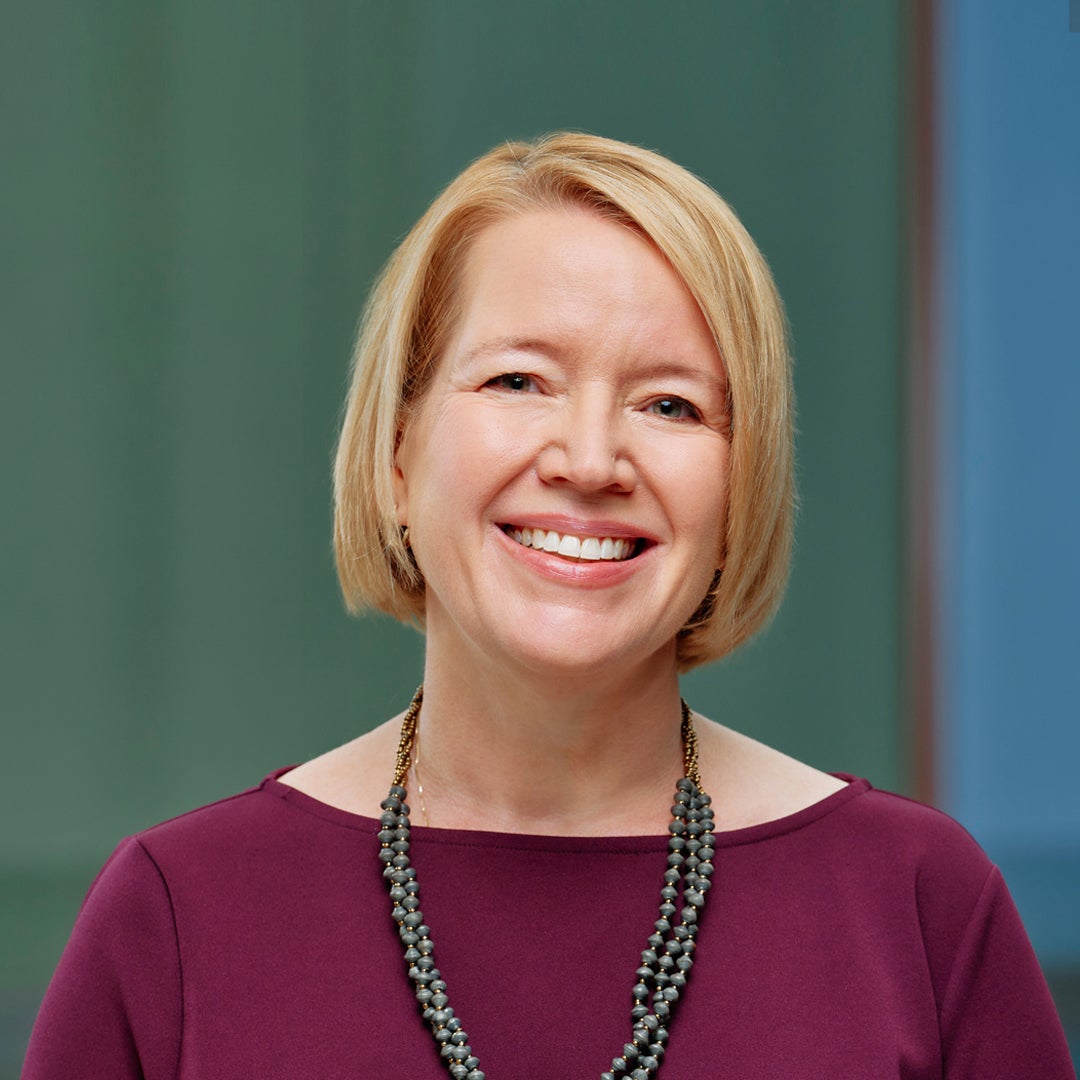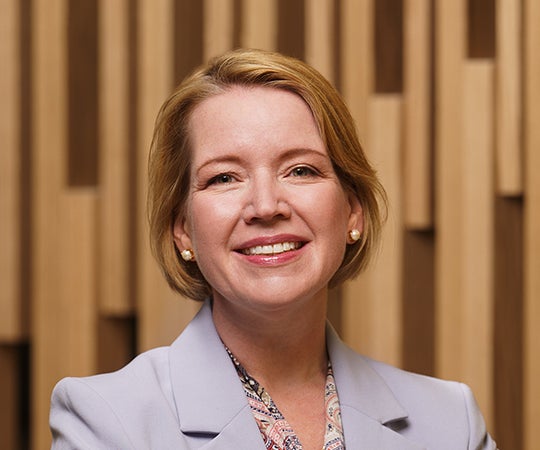The “101” of Philanthropy in Education

When you consider supporting educational nonprofits, what comes to mind? Supporting students through a scholarship, giving back to your alma mater or purchasing items from the latest PTA event are all excellent examples of charitable giving—but they are far from the only ways to help students excel inside and outside of the classroom.
Many donors consider themselves “lifelong learners,” and when it comes to discovering new ways of giving, class is always in session at National Philanthropic Trust. To help you start the school year off right, we’ve compiled this helpful list of ideas for donors interested in supporting education through their donor-advised fund (DAF).
The Building Blocks of Students’ Success
Consider the basics: a successful student is one who feels welcome, prepared and well-nourished in body and mind. There are many factors that contribute to a student’s achievements, many in effect before a student even steps foot into the classroom. In your philanthropic planning, consider programs that:
- Provide necessary school supplies.
- Provide free and/or low-cost meals.
- Provide mental health and wellness support/programming.
- Provide mentorship to younger students, K-8.
- Support students with disabilities; many schools may lack the funding to provide necessary accommodations like specialized desks or ramps, sign translators, play areas and equipment that can be utilized by all students regardless of ability.
Learning Happens Everywhere
By no means is education simply confined to the classroom. There are many opportunities for learning and growth outside of school, and supporting these avenues could be a fresh way of approaching educational philanthropy. Consider:
- Clubs and organizations aimed at children and teens (like 4-H clubs or the Girl Scouts) that are rooted in both intersocial and technical skills development.
- Your local library; a valuable resource for any community, your support enables them to continue offering educational and social programming along with easily accessible technology.
- Local athletic organizations, as sports and exercise benefit the physical and mental wellbeing of students.
- Local museums, cultural centers, historical or literary archives, or nature centers that enrich visitors’ experiences and expand their horizons.
Adult Learning: Degrees, Certifications and Training
Adult Promise college programs are being offered throughout the U.S., but the American Institutes for Research found—in a study made possible by philanthropic support—that many of these programs do not appropriately reflect the needs of adult learners who may have additional responsibilities at work and at home. Specific challenges for these students include rigid or inconvenient class schedules and difficulty in obtaining adequate financial aid.
For adults looking to access skills training to bolster their expertise in their current field, pivot towards a new career or enroll in a degree program, an accessible route can be through state approved programming.
Donors interested in supporting educational programming and skills training for adults could:
- Identify a state’s system of higher education and consider supporting their associated foundation/nonprofit organization. An example of this would be The PASSHE Foundation, which acts as the fundraising arm of the Pennsylvania State System of High Education and supports programs on offer at state universities, like adult learning programming.
- If you have a preexisting relationship with a particular college or university, reach out to them directly to find out if they offer programs aimed at adult learners and how a grant could support these programs.
- Investigate a state’s department of education’s adult learning and skills training offerings; for example, the PA Department of Education provides access to an interactive map of programs offering adult learning and skills training, many of which are DAF-supportable 501(c)(3) organizations.
Scholarships
In a time when higher education costs are continually rising, scholarships can provide many students with the financial support they need in order to complete their program and/or obtain their degree. It is also important to remember that scholarships are not restricted to colleges and universities. Many private high schools and grade schools throughout the country also seek to provide scholarships to deserving students. There are also opportunities to support students who plan on attending a technical school or an arts college, rather than a traditional bachelor’s program. Here are four ways to engage in scholarship support:
General Support Scholarships
- Often used as a way to offer financial aid to qualifying students wishing to attend a particular institution, a donor would work with the development team at the school to establish and maintain the fund. Donors are rarely involved in the recipient selection process as the aid is dependent upon a student’s household income or merit.
Restricted Support Scholarships
- Similar to general support scholarships in that they are specific to a particular institution, in this case a donor would work with the development team at the institution to establish the fund and the scholarship would have specific qualifying criteria such as supporting students from a particular demographic, those with a specific academic interest or with a proven talent in a particular field.
Existing Scholarship Funds
- A donor can make a gift to an existing scholarship program at a qualified nonprofit if they are interested in supporting deserving students regardless of where they choose to study.
New Scholarship Fund
- If a donor wants to work independently of a school or predetermined criteria, they will need to work with a public charity qualified to set up and operate a scholarship program, since grants recommended from DAFs cannot be made to a specific individual. This is the most hands-on method for a donor, as they will need to work collaboratively with the public charity to establish goals, criteria, and plans for the program.
It is important to note that regardless of which route a donor chooses, neither the donor nor anyone related to the donor may cast a deciding vote to determine the recipient(s) of the scholarship.
For more detailed information regarding the legal ins and outs of using a DAF to engage in scholarship support, see this page.
Support for Teachers
Teachers have faced increased pressure during recent years due to a host of factors—not the least of them, the COVID-19 pandemic—and they need the public’s support now more than ever. To put the results of this pressure in perspective, from February 2020 to May 2022, a minimum of 300,000 teachers across the country left their jobs. From helping teachers build their classroom toolkits to volunteering your time, there are several ways to help teachers feel seen and supported. Consider:
- Volunteering at a local school, whether that be as a fieldtrip chaperone, an afterschool tutor, or anything else a school may need.
- Contributing to a teacher’s classroom project or toolkit, filling in a school-supplies-funding gap teachers are usually left to fill on their own dime.
- Communicating and advocating; speak with teachers and join your voice with theirs when they appeal to school administration or governmental bodies for increased support.
The Different Paths of Education
Not every student follows the same path through their educational journey. Regardless of a student’s age or status, everyone should be able to pursue their educational goals. Here are a few examples of areas a donor more inclined towards traditional educational giving could consider supporting:
- After-school tutoring and specialized course programming that may fill gaps in a curriculum.
- Scholarship and/or mentorship programs aimed at high school students who do not intend to follow the traditional college path (arts schools, technical schools or into service).
- School programming that is most often affected by budget cuts (arts, sports, after-school activities like clubs and field trips).
- Programs that support adults going back to school (degree, certification).
- Programs serving younger students in underserved communities in advance of college or scholarship applications.
Education can take many forms and should be made available to all, regardless of their age, background or economic status. Donor support for educational nonprofits, such as grantmaking from a donor-advised fund, can make a world of difference for teachers, staff, families and students who are making the most of the opportunity to learn.
NPT is not affiliated with any of the organizations described herein, and the inclusion of any organization in this material should not be considered an endorsement by NPT of such organization, or its services or products.
NPT does not provide legal or tax advice. This blog post is for informational purposes only and is not intended to be, and shall not be relied upon as, legal or tax advice. The applicability of information contained here may vary depending on individual circumstances.


